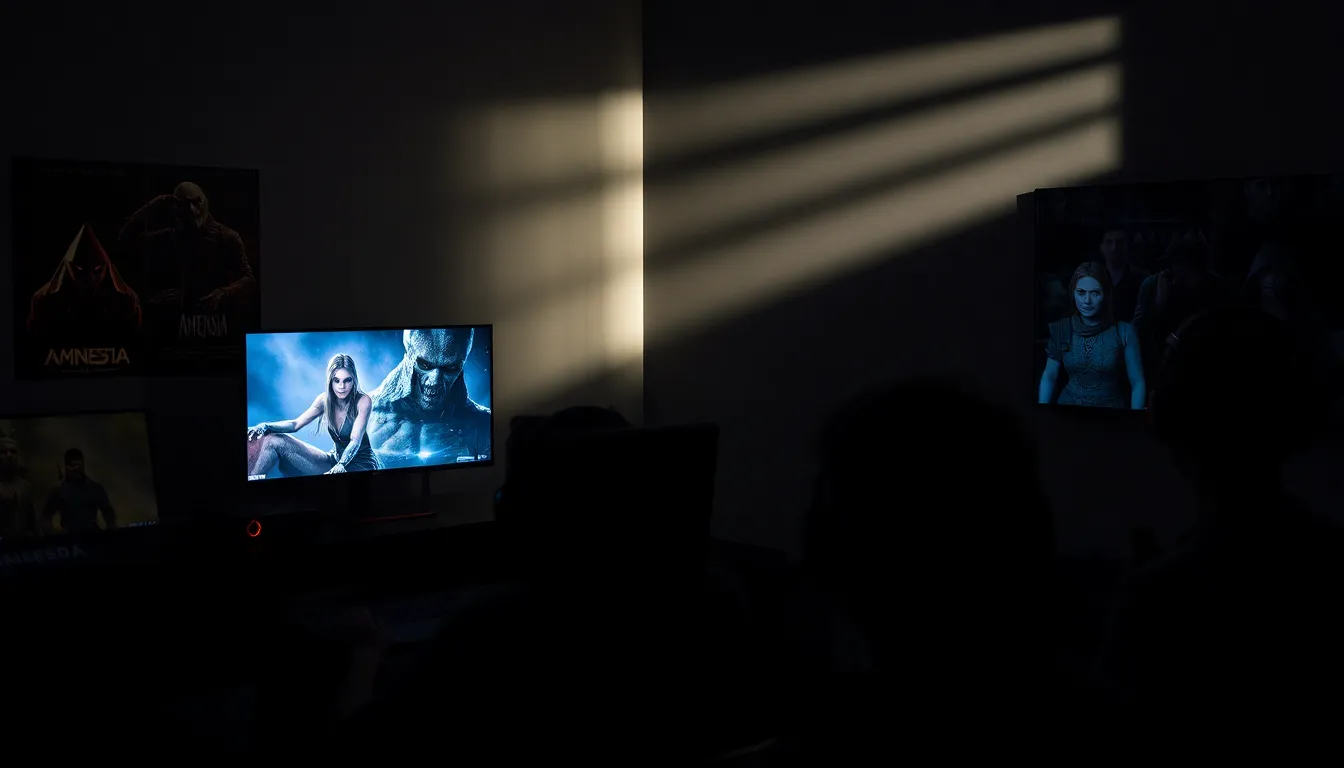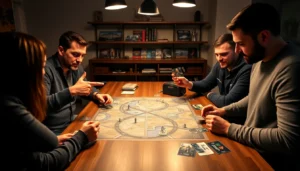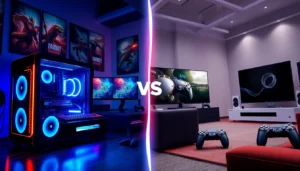Table of Contents
TogglePicture this: you’re huddled on your couch, controller in hand, heart racing. The only light comes from your screen, where twisted figures lurk in the shadows. Horror video games have this unique ability to evoke visceral fear. But what’s behind those shivers? A big part of the equation lies with the characters. This article delves into the fascinating evolution of horror game characters, iconic figures that have terrified us, the types that exist, the impact of female roles, and how their design can enhance our experience. Ready to jump into the darkest corners of gaming? Let’s go.
The Evolution of Horror Game Characters

Horror game characters have undergone a remarkable transformation since gaming’s inception. In the early days, characters were often mere avatars, offering little more than a medium for the player’s experience. As the industry matured, developers began to infuse more personality into these characters. They became complex, with backstories that resonate with players, making the horror feel more personal and engaging.
Initially, the ‘monster’ trope dominated, featuring grotesque creatures designed to shock. But, as narratives grew richer, characters evolved to embody human fears. The supernatural elements in characters like Pyramid Head from Silent Hill or the eerie Susan from Amnesia bring both terror and a sense of tragic backstory, allowing players to connect with their plight.
The evolution reflects our own societal fears, adapting through the decades. What frightened gamers in the 80s differs significantly from today, and horror characters often embody contemporary anxieties, evolving alongside social narratives and technologies.
Iconic Characters in Horror Gaming History
Some horror characters have transcended their games to become cultural icons, striking fear and curiosity in gamers everywhere. Take Resident Evil’s nemesis, Nemesis himself. With his relentless pursuit and intimidating presence, he remains a staple in horror gaming lore. His designs and menacing capabilities showcase how a well-thought-out character can elevate tension and suspense.
Then there’s Silent Hill’s Heather Mason, who is often celebrated for her depth and relatable struggles. As players guide her through the grotesque town, they’re drawn into her psyche, feeling every fear she faces. This emotional connection intensifies the horror experience, transforming gameplay into a psychological rollercoaster.
Characters like these prove that good horror isn’t just about impending doom: it’s about relatable, well-crafted figures that evoke emotional investment.
Main Types of Horror Game Characters
Horror gaming characters can generally be categorized into two main types: protagonists and antagonists. Each type serves a distinct purpose in the narrative and gameplay experience.
Character Development in Horror Games
Traditional character arcs often see protagonists evolve as they encounter horror. From naive gamers to hardened survivors, their growth symbolizes the player’s journey. Character development fosters a deeper connection, making players hope for their survival.
Psychological vs. Supernatural Characters
Interestingly, horror characters can be grouped as psychological or supernatural. Psychological characters often explore the human psyche, amplifying fears that stem from reality, think of characters like the protagonist in Outlast, who faces human monstrosities. In contrast, supernatural characters often defy logic, like ghosts or monsters in The Haunting of Billy and The Evil Within. Each type elicits different fears, catering to the varied tastes of horror game enthusiasts.
Female Protagonists and Antagonists in Horror Games
The past few years have seen an undeniable rise in female characters taking the lead in horror games, both as protagonists and antagonists. Their stories often investigate deeper than the surface-level scares seen in male-dominated narratives.
Memorable Villains That Haunt Players
When considering female villains, it’s hard to overlook characters like Lady Dimitrescu from Resident Evil Village. This towering presence is not only physically imposing but is also steeped in complex motivations that make her an unforgettable foe. Such characters often challenge traditional gender roles in horror, adding layers of psychological depth to their actions.
The Role of Antagonists in Driving Fear
Also, female antagonists tend to evoke fear through manipulation or emotional turmoil, drawing players into an unsettling web of psychological horror. These narratives redefine fear, showcasing how women can be both formidable and terrifying in this genre.
Influence of Character Design on Player Experience
Character design plays a crucial role in shaping the player experience. Every detail, from clothing to facial expressions, contributes to a character’s ability to evoke fear.
Fan Reception and Cultural Impact of Horror Characters
When a character resonates with audiences, the impact extends beyond the game. Consider how the design of Dead Space’s Isaac Clarke has influenced fan art, cosplay, and conventions. These characters become symbols of fear, commanding their own legacies within the gaming community.
Community Engagement with Character Lore
Players love delving into lore, frequently discussing theories and creating fan-driven narratives around their favorite characters. This engagement deepens the connection, propelling fear to new levels as players become intimately acquainted with the characters’ backstories, motivations, and internal struggles.




